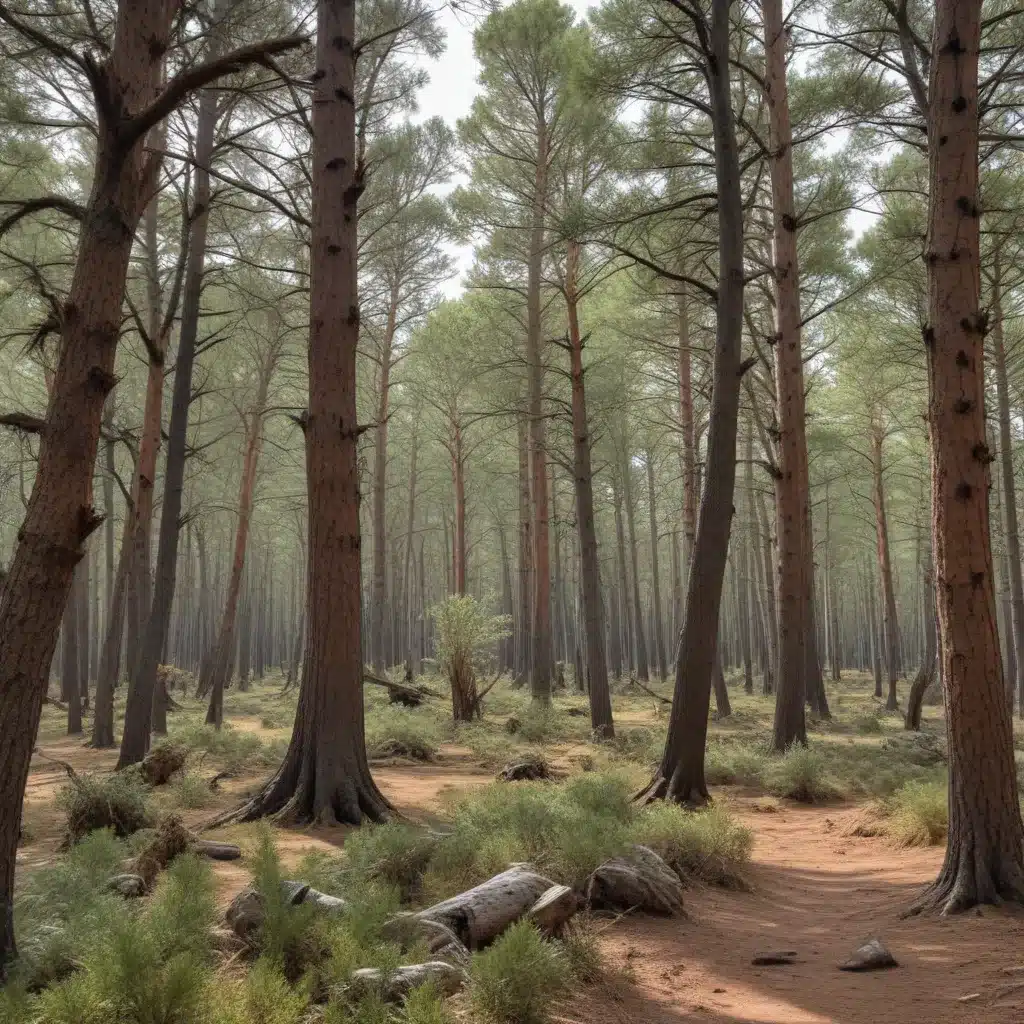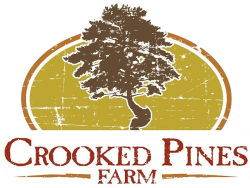
Discovering the Enchanting Biodiversity of Crooked Pines’ Ecosystems
As you wander through the sprawling acreage of Crooked Pines Farm, you’ll be struck by the remarkable diversity of life that thrives in our unique patchwork of habitats. From the towering canopies of ancient pines to the lush wetland ecosystems teeming with rare flora and fauna, our land is a veritable living laboratory, offering endless opportunities for exploration and discovery.
Crooked Pines Landscape
Nestled in the heart of central Florida, Crooked Pines Farm boasts a diverse tapestry of geographical features. Our gently rolling terrain is punctuated by limestone outcroppings and dotted with shimmering freshwater springs that feed into winding creeks and marshes. The climate is quintessentially Floridian, with warm, humid summers and mild, frost-free winters that allow a remarkable diversity of plant life to flourish year-round.
The soils of Crooked Pines are equally diverse, ranging from the nutrient-rich alluvial deposits found in our floodplains to the well-drained sandy loams that characterize our upland areas. This mosaic of soil types, combined with the region’s unique geologic history, has given rise to a diverse array of natural plant communities, each with its own distinct complement of species.
Flora of Crooked Pines
Towering over the landscape, the majestic longleaf pines (Pinus palustris) and slash pines (Pinus elliottii) form the canopy of our expansive coniferous forests. In the understory, you’ll find a diverse assemblage of evergreen shrubs, such as the iconic saw palmetto (Serenoa repens) and the delicate, fern-like yaupon holly (Ilex vomitoria).
The forest floor is a tapestry of vibrant wildflowers and lush grasses. From the delicate, violet-hued Florida paintbrush (Carphephorus corymbosus) to the showy, golden-hued coreopsis (Coreopsis lanceolata), our meadows and savannas come alive with seasonal displays of color and texture. Beneath the trees, the lime-green foliage of the wiregrass (Aristida stricta) and the graceful, swaying blades of the muhly grass (Muhlenbergia capillaris) create a captivating understory.
Fauna of Crooked Pines
The rich diversity of plant life at Crooked Pines supports an equally impressive array of wildlife. White-tailed deer (Odocoileus virginianus) and the elusive Florida panther (Puma concolor coryi) roam the forested habitats, while the playful river otter (Lontra canadensis) and the majestic bald eagle (Haliaeetus leucocephalus) can be spotted along our waterways.
The avian diversity at Crooked Pines is truly remarkable, with over 200 species documented within our boundaries. From the vibrant, ruby-throated hummingbird (Archilochus colubris) that darts among the flowering shrubs to the stately sandhill crane (Antigone canadensis) that stalks through our wetlands, the skies above our farm are alive with the songs and silhouettes of countless feathered residents and migrants.
And let us not forget the incredible invertebrate life that thrives in our diverse habitats. Countless species of butterflies, dragonflies, and other beneficial insects find refuge and sustenance in the native plants that we cultivate, playing a vital role in the pollination and seed dispersal processes that sustain our ecosystems.
Ecological Habitats
Coniferous Forest Habitats
The old-growth pine forests of Crooked Pines are a true testament to the resilience and longevity of our native tree species. These venerable stands, some dating back centuries, provide critical habitat for a variety of woodland-dwelling creatures, from the elusive fox squirrel (Sciurus niger) to the majestic pileated woodpecker (Dryocopus pileatus).
In areas where past human activities or natural disturbances have led to the regeneration of our coniferous forests, we see a dynamic interplay of pioneer species and later-successional plants. Here, the open, sunlit understory is dominated by a diverse array of herbaceous plants and shrubs, creating a rich tapestry of textures and hues.
The riparian corridors that wind through our forested landscapes are particularly noteworthy, harboring a wealth of biodiversity. Along these wet, shaded pathways, you’ll find towering bald cypress (Taxodium distichum) and the vibrant, scarlet-flowered cardinal plant (Lobelia cardinalis), thriving in the constantly moist conditions.
Wetland Ecosystems
At the heart of Crooked Pines’ ecological tapestry are our diverse wetland habitats. From the sprawling freshwater marshes that teem with wading birds and aquatic plants to the secluded bogs and fens that harbor rare, carnivorous species, these vital ecosystems are a wellspring of life.
In our vernal pools, the ephemeral waters give rise to a unique community of amphibians and invertebrates, each adapted to the cyclical patterns of flooding and drying. Here, you may catch a glimpse of the elusive mole salamander (Ambystoma talpoideum) or marvel at the intricate life cycle of the fairy shrimp (Anostraca spp.).
Conservation Efforts
Crooked Pines Farm is committed to the preservation and restoration of our rich natural heritage. We work tirelessly to protect the threatened and endangered species that call our land home, from the imperiled red-cockaded woodpecker (Leuconotopicus borealis) to the delicate, orchid-like Bartram’s ixia (Calydorea caelestina).
Our restoration initiatives are equally ambitious, targeting the eradication of invasive plant species that threaten the integrity of our native ecosystems. Through strategic reforestation projects and targeted watershed rehabilitation efforts, we aim to enhance the ecosystem services that our land provides, from carbon sequestration to groundwater recharge.
By fostering a deep appreciation for the biodiversity of Crooked Pines, we hope to inspire our visitors, both young and old, to become active stewards of the natural world. Whether you’re exploring our nature trails, getting your hands dirty in our educational gardens, or savoring the fruits of our farm-to-table labors, you’ll leave with a renewed sense of wonder and a profound respect for the incredible tapestry of life that thrives within our cherished acreage.


